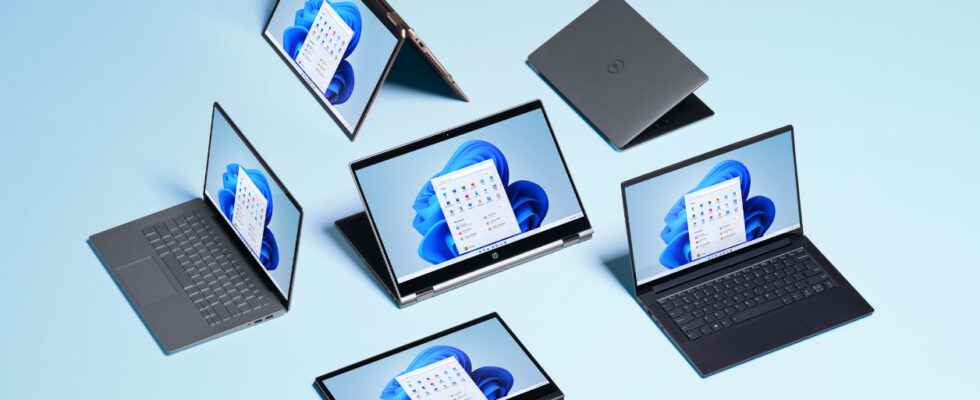Microsoft wants to improve the behavior of Windows 11 on tablets. In a new build of the operating system aimed at Insidersthe Redmond firm changed the behavior of the taskbar on devices with a touch screen, used as tablets.
When the device keyboard is disconnected or when a two-in-one laptop is folded for use as a tablet, the Windows 11 taskbar is automatically minimized into a fully optimized version for touchscreens.
Also see video:
To rethink its taskbar on touch interfaces, Microsoft has imagined it in two states: reduced or enlarged. Thus, when minimized, the taskbar leaves the maximum amount of display space, thus avoiding accidental interactions with the buttons pinned to it. When expanded, it takes up more space at the bottom of the screen for easier finger navigation. You just have to swipe up or down on it to deploy or reduce it.
If you are a member of the Insider program and want to test this new feature, go to the Settings > Personalization > Taskbar > Taskbar behavior where a new option Automatically hide the taskbar when using the device as a tablet should be displayed.
The other novelty presented by Microsoft in this build stamped 22563 concerns the content displayed in the Widgets of the OS. The Redmond firm absolutely wants to make it more dynamic. To do this, it is testing the possibility of grouping widgets and news content (which are relegated to the bottom of the feed) to make them more visible and more attractive. Microsoft still retains the ability to pin your favorite widgets to keep them prominently displayed at the top of the feed.

Finally, other small novelties have also been integrated. Among these, Microsoft is making it easier to use its Snap Assist window docking feature, by suggesting displaying open tabs in the Edge browser in one of the available spaces.
